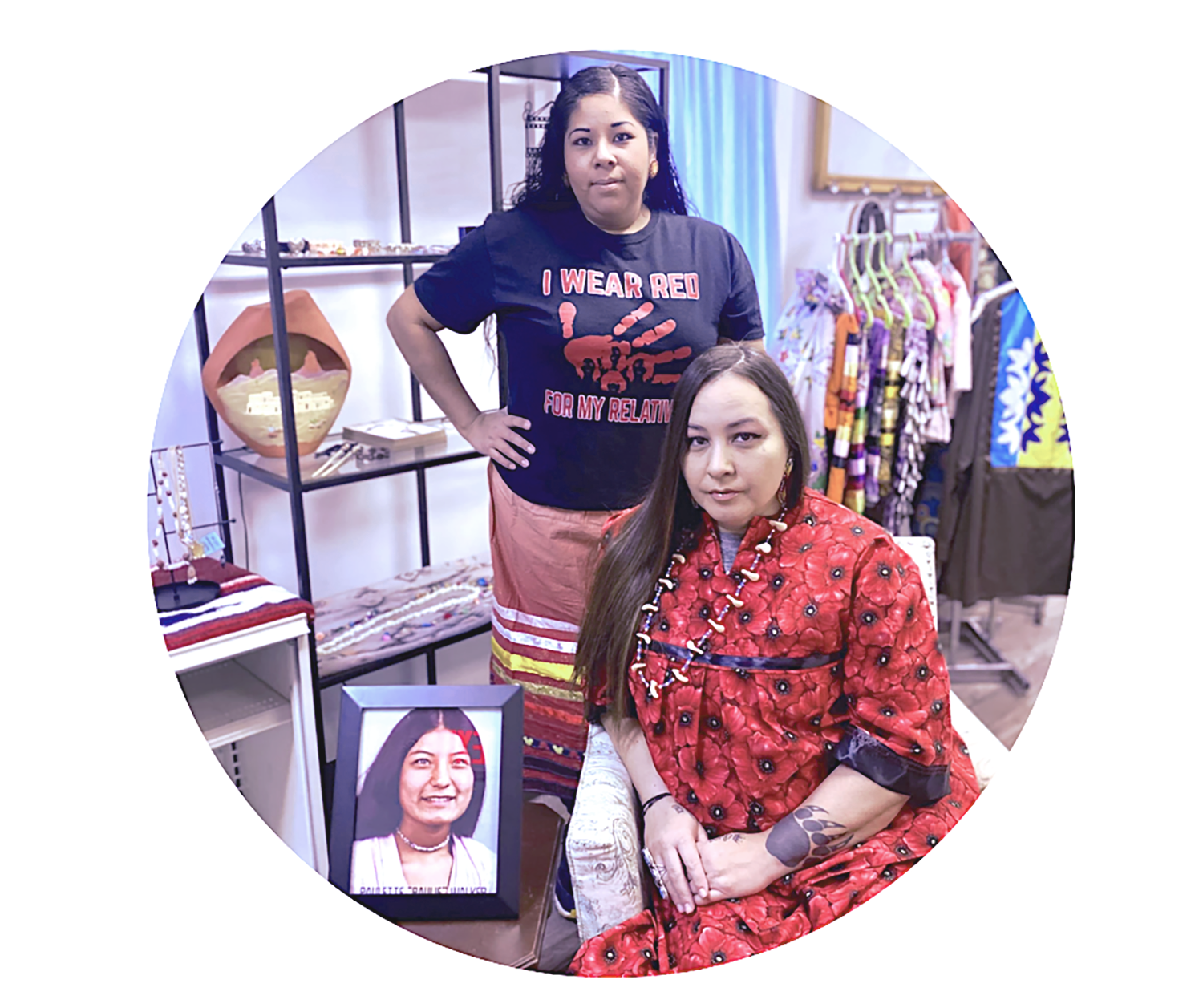
New DNA tests can help identify missing Native Americans and solve crimes
Advances in rapid DNA sequencing are helping to solve missing persons cases long gone cold, such as that of 20-year-old Ashley Loring Heavyrunner, who disappeared from Montana’s Blackfeet Reservation in 2017. New testing kits can extract thousands of genetic markers from unidentified human remains, making it easier to link them to missing persons. Because few genetic data are available for Native Americans, Hopi Tribe member Haley Omeasoo, a classmate and distant relative of Heavyrunner, decided to pursue forensic anthropology to help locate missing Indigenous people. As a Ph.D. student at the University of Montana, Omeasoo and her graduate advisor, anthropologist Meradeth Snow, are working with the Blackfeet Tribe to create a DNA database of tribal members that can be compared with unidentified human remains. More than 4,000 sets of human remains are found in the U.S. each year; about a quarter remain unidentified, according to the Bureau of Justice Statistics. Nearly 5,500 reports of missing Indigenous women and girls were filed in 2022 alone. Omeasoo is hopeful Ashley Heavyrunner will be found alive, but she knows that her DNA work could ultimately identify her friend’s remains. If that happens, she hopes it will at least give the family closure.

Ottawa begins work on ‘Red Dress Alert’ for missing Indigenous women and girls
Leah Gazan, a member of Canada’s Parliament, is leading discussions on a proposed “Red Dress Alert” system for missing Indigenous women, girls, and two-spirit (gender-diverse) people, who face a murder rate six times that of other females. Similar to AMBER Alerts for children, Red Dress notifications would be sent to the public on their phones. Ottawa, which recognized the crisis as a national emergency, included funding for an alert system in the federal budget in March 2023. Calling it a matter of life or death, Gazan is urging the federal government to implement the Red Dress program before the next election.

Two Iowa sisters become a voice for missing and murdered Indigenous people
Despite being separated during childhood, two Sioux City, Iowa, sisters and members of the Winnebago Tribe reunited as adults and set out to learn more about their Native American heritage. While digging into their family history, Trisha Rivers and Jessica Lopez-Walker learned of an aunt, Paulette “Paulie” Walker, who left Iowa for California in 1984, and shortly afterward was murdered. The sisters struggled to understand why no one reported the young woman missing, and now aim to have her remains returned to Iowa for burial near family. Their aunt, whose case remains unsolved, is one of the countless Indigenous women who suffer disproportionately higher rates of violence, sexual assault, and murder compared to the rest of the U.S. population. The sisters’ work with the nonprofit organization Great Plains Action Society involves helping find missing or murdered Indigenous people (MMIP) and providing support for other issues Iowa’s Indigenous population faces. Native Americans made up 1.5 percent of missing persons cases in Iowa, despite the state’s Native American population accounting for less than one half of 1 percent, according to an Iowa Public Radio report. “Native women and girls, our relatives, are not expendable,” Rivers said, adding that they’re seeking better treatment for Native communities.
